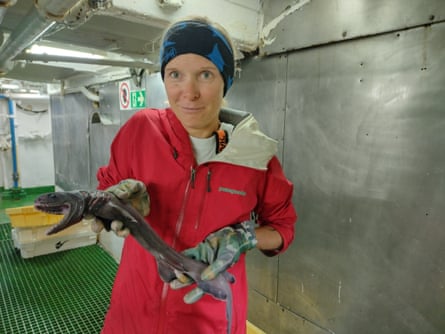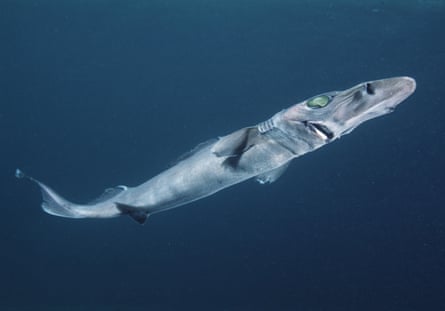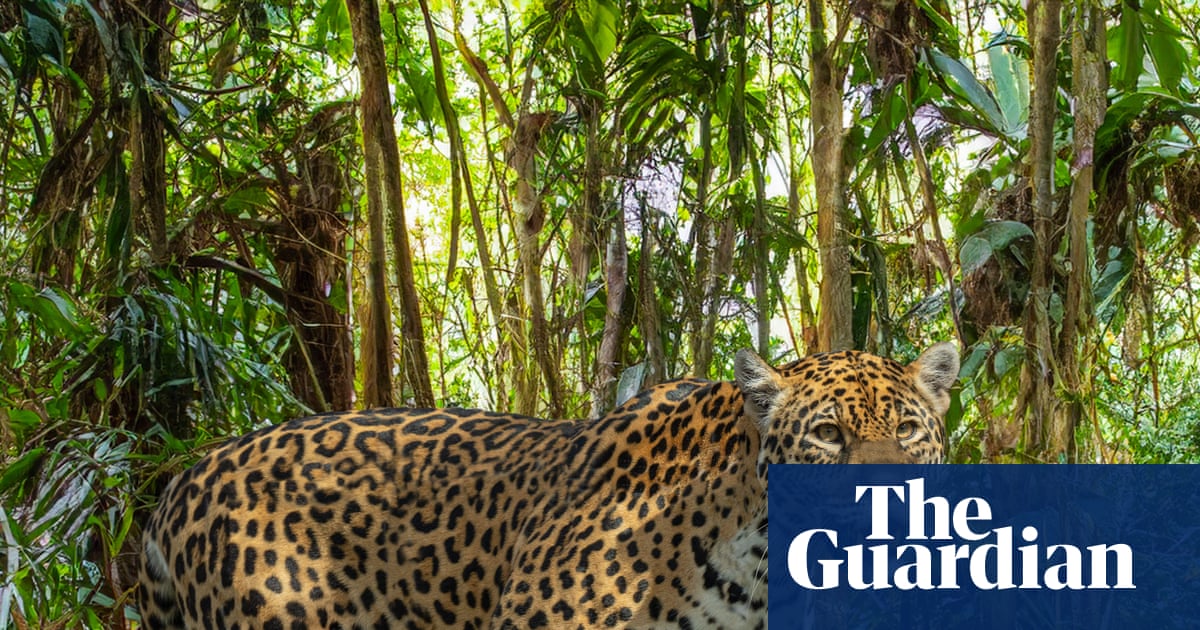PROTECT YOUR DNA WITH QUANTUM TECHNOLOGY
Orgo-Life the new way to the future Advertising by AdpathwayThree years ago I was running a research project from a bottom trawler off Namibia about deep-sea sharks – all of which live under enormous water pressure, close to the seafloor and are rarely seen by humans.
These sharks were being brought up in the trawler’s nets. By the time they were brought to the surface, they had experienced such a dramatic change in pressure that they had undergone barotrauma, so they were internally damaged and unlikely to survive.
I am a marine biologist and my work on the trawler was to document what types of deep-sea shark the fishers were catching, accidentally, while fishing in waters between 200 and 450 metres deep.
My Namibian colleague Filippus Tshimwandi and I recorded a number of deep-sea shark species that had not previously been thought to be anywhere near Namibia before. We recorded west African catsharks, which were mostly thought to be farther along the west African coast and a sawshark species.
We also saw quite a lot of gulper sharks, which have huge emerald eyes and are among the most threatened shark species in the world. They are often targeted by other fisheries for their squalene, a compound made from the oil in their liver and widely used in manufacturing cosmetics.

They were caught because bottom-trawl fisheries – even those that want to be sustainable like the fishery whose boat I was on – drag their nets along the bottom of the sea and collect everything that lives on or just above the seabed.
This includes the fish they are targeting, but it also includes skates and rays that sit on the seabed and lots of other non-target fish – including the many shark species that live very close to the sea floor. It is a highly unselective and destructive type of fishing.
Some sharks we measured and documented were the size of my hand, while others were more than three metres (10ft) in length. A lot of them had bioluminescence spots and patches on their bodies, which would be visible to other animals, even in this pitch-black environment they live in.

It is thought this might give deep-sea sharks some sort of camouflage by breaking up their silhouette. But we do not know for sure, because most of these animals have never been seen alive in their natural habitat.
I felt intrigued by how strange they looked and privileged to collect such hopefully useful data, because I suspect these ecosystems are incredibly important to the health and balance of the ocean.
But I also felt really depressed because so many of these amazing animals were dead.

I am hoping that my data, when it is published next year, will help to raise awareness and point to ways in which deep-sea fishing trawlers could be more sustainable and less damaging of these habitats.
My research has also brought home to me the realisation that deep-sea mining could have a massive impact on the biodiversity of the planet.
My fear is that we’re going to be too late for a lot of deep-sea sharks. They breed slowly, so if their populations are depleted, they don’t recover quickly. We know so little about how their ecosystems work.
If they are overfished or destroyed by deep-sea mining, we may just wipe out entire populations or create a huge imbalance in deep-sea ecosystems – without even knowing we are doing it.
-
Ruth Leeney is a teaching fellow at Univeristy College Dublin’s school of biology and environmental science. As told to Donna Ferguson
-
This article was amended on 1 September 2025 to correct a caption that identified a longsnouted dogfish as a brier shark.


 12 hours ago
6
12 hours ago
6





















 English (US) ·
English (US) ·  French (CA) ·
French (CA) ·